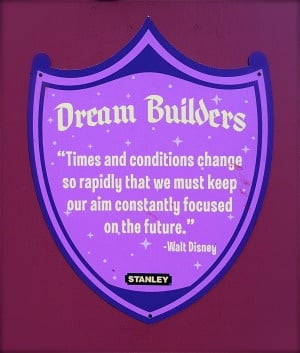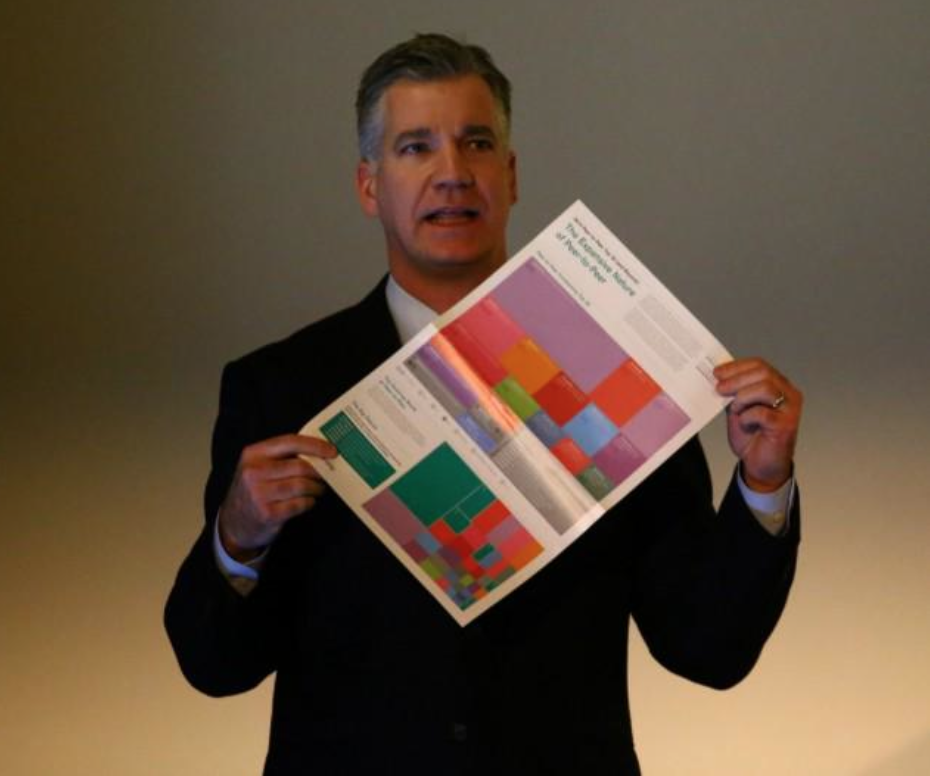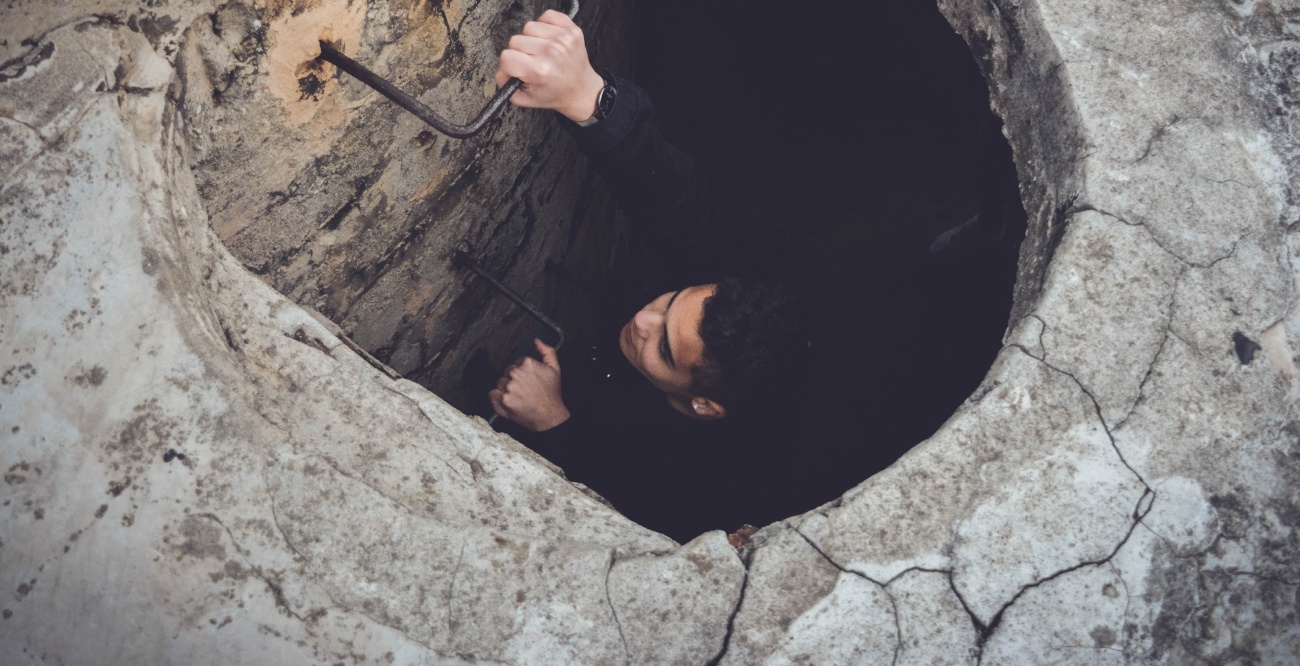Share this
Previous story
← Five Ways To Ignite Your Inspiration And Creativity
Next story
The Team Member Your Nonprofit Needs →
I just spent a short, delightful vacation with my family in Orlando. Using Disney as an example of fantastic customer service is hopelessly overdone. Similarly, using Disney as an example of unparalleled creative vision is just as hackneyed. And yet, the reason Disney is such a tired example of both is that they consistently excel in both areas. And so, I hope you’ll forgive my possible lack of inventiveness as I relate a story from several weeks ago.
We were at our first real (as in “they will remember it”) visit to Disney World. No diapers, no strollers, and yet no one old enough to be cynical about it, either.
In particular, my kids were excited to go to Downtown Disney — they are starting to see the fun in eating and shopping all day. But as we walked over the bridge into the main shopping area, we were greeted with a maroon wall. Nope. Seems that some of Downtown Disney wasn’t quite ready yet.

I've shared a picture of the sign that was posted on the wall.
Now, from my experience there are three ways of explaining construction to customers:
1. “Under construction.” That’s it. We’re just telling it like it is. No explanation of what we’re doing, or why. Just a confirmation that, yes, your eyes are operating correctly. (Sometimes this explanation is paired with with the disconcerting addition, “Beware of falling debris.”)
2. “Pardon our dust.” As in, “Oh dear, ahem, whoops, we’re sorry, we didn’t mean it.” The lacking-confidence explanation.
3. The way Disney does. Disney says, “We’re making something great, and that requires inconvenience, and soon you’re going to be thankful that we inconvenienced you.”
Hear the difference?
I should add two more things. First, this wasn’t the only sign posted. Every twenty feet or so there were quotes from Walt Disney about the future, and progress, and how Disney pursues its goals. Disney took a construction wall and turned it into an exhibit about their culture.
Second, as my kids were standing around embarrassed waiting for their wacky dad to take a picture of a sign, a door we hadn’t noticed opened up in the wall. Two construction workers started to walk out of the walled-in area. They saw my kids watching and held the door open for us. My family got a five-second glimpse of huge earth movers, a massive hole in the ground, a partially-built castle, and lots and lots of busy people. And at the same time all four kids said “WOW!” The two guys smiled at us. Here at a place with wonders around every turn, my kids were amazed by a hole in the ground. From disappointment to amazement.
There’s a lot here worth thinking about. The power of culture. The pull of vision. The critical role each person plays. (What makes a worker hold the door open for guests? What makes him even think of onlookers as guests?)
And more than anything, the fact that change is uncomfortable. Progress requires disruption. How do we approach change? How do we discuss it with our constituents? With the enthusiasm that we’re making something great? Or with the fear of falling debris?
Disruption is a necessary path to progress. Sometimes it is a result of activities occurring within your organization and other times it is caused by changes in the sector. In order to use these industry changes to your advantage you have to understand the trends at play. Download our e-book "The Expansive Impact of Peer-to-Peer Fundraising" today for a deeper look at the nonprofit trends impacting your organization.
These Related Stories


No Comments Yet
Let us know what you think